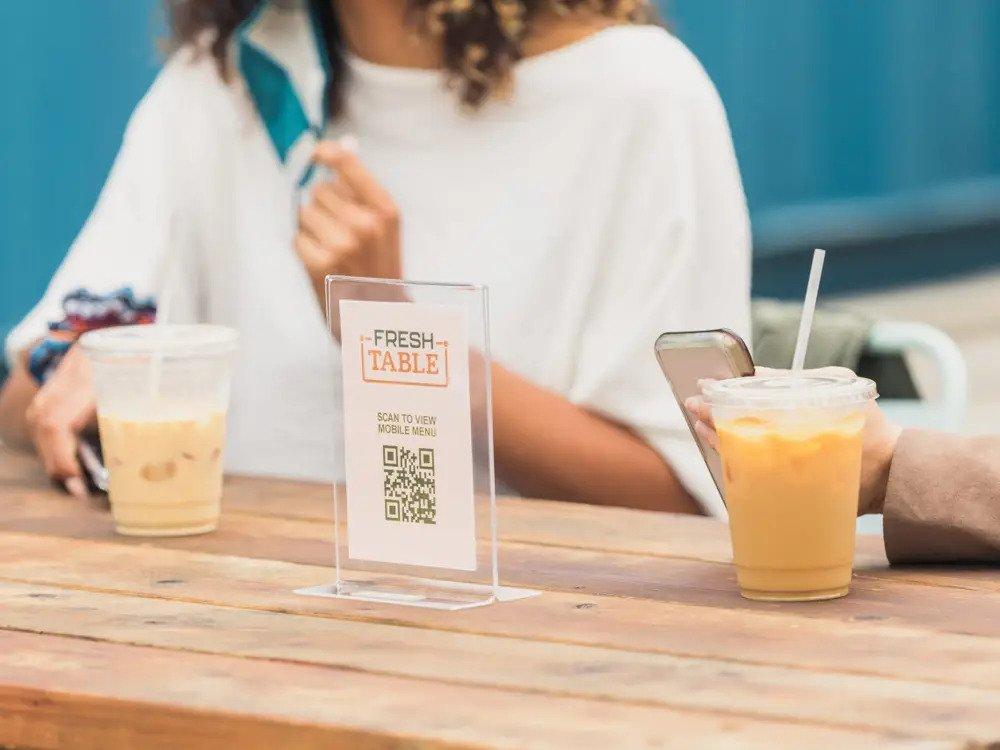The usage of QR-code restaurant menus is likely to decline as the Covid-19 pandemic becomes a thing of the past, according to The New York Times. Many restaurants are reverting back to physical menus due to customer dissatisfaction with QR-code menus.
“They are almost universally disliked,” Kristen Hawley, founder of the restaurant technology newsletter Expedite, told the Times.
These digital menus gained popularity during the pandemic as they allowed customers to access menus, place orders, and make payments and tips in a single interaction, minimizing contact between staff and customers for hygiene reasons.

Initially, QR-code menus were considered a future staple for the restaurant industry. However, fewer restaurants are now adopting QR-code menus, and the existing codes are receiving fewer scans from customers, as revealed by Mark Plumlee, the senior content manager for MustHaveMenus, a menu management and printing platform.
Customers are reluctant to use their phones when dining out because it can be seen as impolite or distracting. Some restaurant owners described QR-code menus as being a mood spoiler to the dining experience, as they hinder conversations and diminish the romantic ambiance.
Moreover, concerns about privacy and data tracking associated with QR menus have also been raised, as reported by Insider.
While customers are losing interest in QR-code menus, restaurant owners are also considering abandoning them. Owners mentioned that older customers, who may not be as proficient with technology, struggle to use QR menus.

Additionally, the cost of implementing QR-code menus, especially if they are not widely used by customers, poses financial challenges alongside the expenses of traditional printed menus.
Nevertheless, some restaurants intend to retain QR codes due to the convenience and flexibility they offer to customers. These establishments believe that QR menus allow customers to order and pay without relying on a server.
Benjamin Claeys, the CEO of Menu Tiger, a global QR-menu software provider, shared with the Times that there is still significant interest from businesses in their services, as evidenced by a 37.6% growth in sign-ups during the first quarter of this year compared to the last quarter of 2022.


